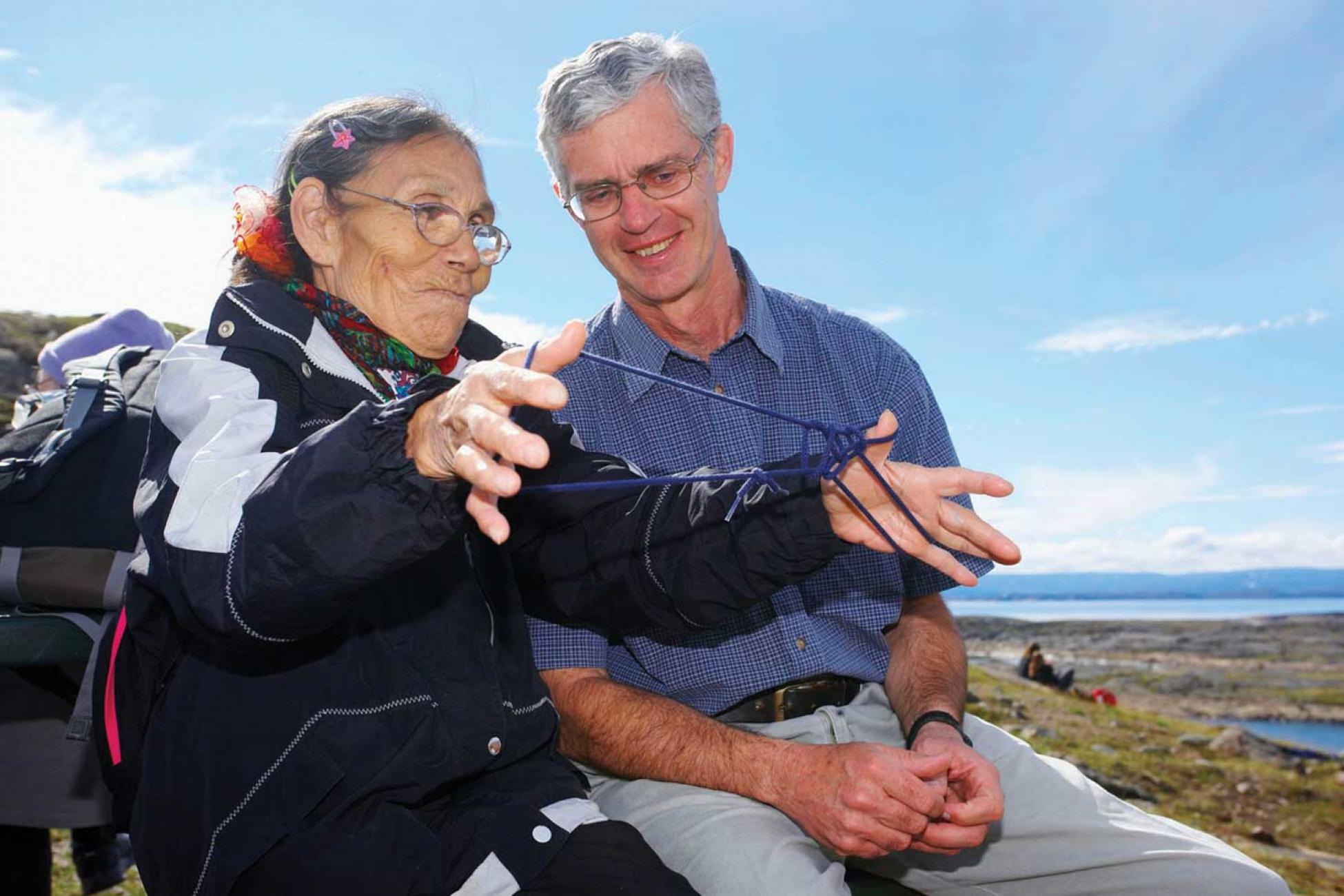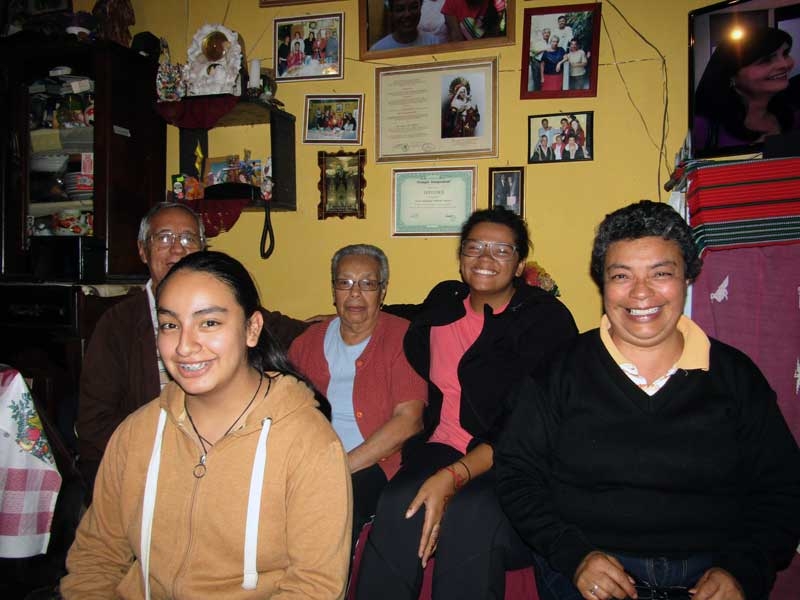I like to meet new people. I like to talk with them. I like to find out what they do for a living and hear about their lives. I like learning their stories, and I love to photograph them.
As one of the jury members for this year’s Travel with Purpose photo contest, I’ve just looked over more than 1,100 entries, and it’s obvious that many of you also like to photograph people. While there were many exceptional portraits among the submissions, there were other photographs of people that came up a bit short. Generally speaking, I find that making a portrait of someone is a much more rewarding experience than taking pictures of people.
Photographing landscapes, city details, flowers, and still life subjects affords you the luxury of time; time to study your composition, experiment with your exposure, and make as many mistakes as you want. People, on the other hand, throw a few extra issues into the mix. They move, they blink, they get bored. Suddenly, all thoughts of proper lighting and exposure go out the window while you think of something funny to say in an effort to keep your subject entertained.
Of course this is exactly the reason I love to photograph people—it’s the challenge. The easy way out is to shoot with a long lens from across the street, or to sneak a shot when the subject’s not looking. The problem with this is that you’re robbing yourself of the experience. The experience of interacting with your subject. Hearing their story and, as a result, adding it to yours.
When someone allows you to photograph them, you have a responsibility. Something has been given. You need to think about what’s been exchanged between photographer and subject: the trust, the time, the little piece of themselves that’s been offered up for you to explore. Don’t take it for granted. You’ve made a commitment to your subject. Take your time.
Study your composition
Really look at the background, and eliminate anything that distracts the eye from your subject. Try to retain only those elements that help describe your subject.
Look for the light. Pay attention to its quality. Warm, soft light is very flattering. Hard, directional light will bring out texture and detail. In some cases, strong, direct light can give a photograph a wonderful quality, for instance by bringing out the lines and creases that give an elderly person’s face character. But it can also be merciless, creating deep, sharp, unflattering shadows, and causing subjects to squint. Shooting in shade or on overcast days will be more forgiving and more comfortable for you and your subject, allowing you the time to build your relationship with them, and capture the expression you want.
Pay attention to personal space
The working distance you choose to photograph your subject from can have quite a profound effect on the response you get from them. If you’re too far away it may feel cold and impersonal; too close, and your subject may feel awkward and confined. Find a distance that feels right—a kind of conversational distance that puts your subject at ease and doesn’t feel like you’re either "in their face" or putting them on display.
Interact and have fun!
There will be many occasions when your subject will be a complete stranger and there may even be a language barrier. Usually this is when the nerves start to kick in. Palms begin to sweat, and before you know it, all thought goes out the window. Instead of creating a portrait, you just snap off a quick shot on full Auto Mode, nod a thank you, and scurry off. Later that night at dinner you catch yourself muttering, “Maybe I coulda... Maybe I shoulda...” That’s a lousy conversation to have with yourself, and it can haunt you for the entire trip home.
Stop and talk to the person, or gesture if you have to. Be present and be interested. They’re probably as curious of you as you are of them. Ask permission, and if it’s given, make the most of it. Let them view their portrait if you have a digital camera, or better yet, get their address and send them a print. A little common courtesy and respect can go a long way. It can even open doors to other photographic opportunities you never dreamed of.
Practice makes perfect
Many of us feel just as awkward behind the camera as in front of it. Start out by practicing on your friends. Once they relax and start to be themselves, allow yourself the time to really observe them and to examine your technique. Pay attention to the light and to your environment. Next, choose your moments. Wait for the moments when your subject begins to reveal a little bit of themselves. Things like a small change in posture and body language, or the moment after a laugh when they truly smile—these can take an image to the next level.
A portrait can speak volumes about a person; who they are and what they are really like. Images of people you’ve taken time to get to know will always be more meaningful than posed pics with deer-in-the-headlight grins in front of a famous statue. Remember it’s your responsibility.
5 Tips for Picture-perfect Portraits
1. Blur the background
If you are using an SLR camera, try shooting with the aperture wide open (small number: e.g. f/4) to decrease the depth of your focus and blur distracting background elements. The background-blur will be greater if you’re using a long lens and nearly non-existent with a wide-angle lens. A similar effect can be achieved by setting your camera to “portrait” mode.
2. Choose soft lighting
Instead of fighting the sun, try placing your subject in the shade of a tree or veranda. Use your camera’s flash to light your subject. This will bring their exposure closer in value to your background (which will still be lit by the sun). No more dark faces or overly bright backgrounds! Keep in mind that you will probably have to force your camera’s flash to fire by taking it off “auto” mode and setting it to “fill-flash” mode. On most point and shoot cameras this is represented as a lighting bolt symbol, without the “A”.
3. Experiment with white balance
The auto white balance setting on most digital cameras will save your butt in many situations. However, try experimenting with the different preset settings. The warm glow from a lamp, or the bluish hue of evening light can be wonderful adjectives for telling your story.
4. Stop looking at the camera!
The quiet, soft, fly-on-the-wall approach can be rewarding as well. Just because you’re interacting with your subject, doesn’t mean they have to constantly be looking at you. Get them involved in an activity. Experiment and find what works best with each subject.
5. Select a high shutter speed
Action shots are great. Blurry ones—not so much! Keep your shutter speed as high as possible to ensure that when the right moment presents itself, it’s not missed due to motion blur or camera shake. Most point and shoot cameras have an “sport/action” mode or a “kid/pet” mode which sets the shutter speed as high as possible given the lighting conditions.




